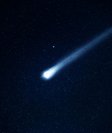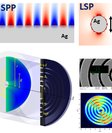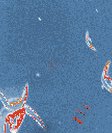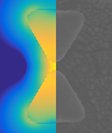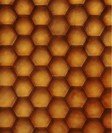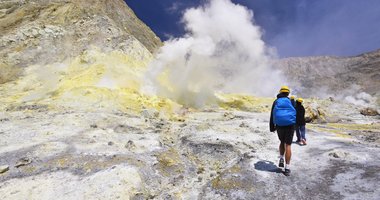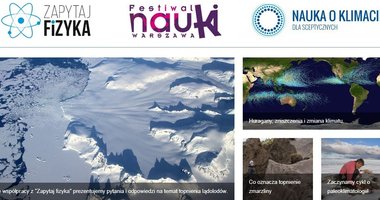
Research groups
Research Group Leaders: prof. dr hab. Krzysztof Markowicz, dr hab. Iwona S. Stachlewska
We conduct research on the direct impact of aerosols on climate system. Our research studies are based on observations and modeling of the short- and long-wave radiation transfer in the atmosphere. We study optical and microphysical properties of atmospheric aerosols based on in-situ measurements, active and passive remote sensing and numerical simulations.
Cloud dynamics and atmospheric turbulence
Research Group Leader: prof. dr hab. Szymon P. Malinowski
We study the dynamics of clouds in the full range of scales from the movement of individual droplets to flows in scale of clouds and cloud systems. We focus on the phenomenon of turbulence and (direct and indirect) influence of small- and moderate- scale turbulence in clouds and surrounding atmosphere on larger scale flows like weather patterns and even general circulation.
Research Group Leader: prof. dr hab. Hanna Pawłowska
We study the microphysics and dynamics of clouds in the full range of scales: from the scale of individual cloud particles (aerosols, cloud droplets and drops) to the scale of a whole cloud.
Research Group Leader: dr hab. Konrad Kossacki
Studying the properties of cometary ice cream and other planets and processes related to ice.
Structured optics and optofluidics
Research Group Leader: prof. dr hab. Ryszard Buczyński
The structured optics and optofluidics research group has many years of experience in the design and characterization of photonic optical fibers.
Research Group Leader: dr Piotr Wróbel
The research group's focus is on the design, modeling, fabrication, and characterization of plasmonic nanostructures, as well as the development of new techniques for the fabrication and characterization of these nanostructures for applications in such fields as photonics, photovoltaics, biosensors, and others.
Research Group Leader: dr Tomasz Stefaniuk
The research work carried out in our group is related to the idea of nanostructured optical functional materials. It is a class of materials whose unique optical properties result from the nanostructuring process and exceed the material properties of the components used.
Biophotonics and vision optics
Research Group Leader: dr hab. Jacek Pniewski
The research group's focus is on the issues between biological and physical-optical (photonic) sciences, with a strong emphasis on the human visual system.
Superresolution and computational imaging
Research Group Leader: dr hab. Rafał Kotyński
We conduct research on indirect imaging methods including single-pixel imaging as well as on the theory of compressive sensing. We are also working on superresolution, in particular on the imaging properties of layered optical metamaterials.
Research Group Leader: dr hab. Tomasz Antosiewicz
The efficiency of interaction of light with matter is determined by the latters composition and spatial distribution. In fact, the same abount of a certain material but with a different structural arrangement can lead to a very good mirror, (near) perfect blackness, or a mulitcolored spectrum. In the group we investigate how spatial arrangement of matter influences its interaction with light and how these phenomena can be used to build more efficient devices. We are mainly involved in computer modeling and development of analytical theories and use knowledge in optics, electrodynamics, and condensed matter. We are actively involved in collaboration with other groups at the Faculty of Physics as well as Chalmers Unversity of Technology and Universidad Autónoma de Madrid.
Research Group Leader: dr hab. Rafał Kasztelanic
The main interest of the Microoptics Research Group is modeling, design, characterization, and practical use of micro-scale optical elements made with the use of microstructural optical fiber technology. Examples of such elements are gradient lenses (GRIN), structured optical elements, and arrays of such elements. Research is conducted both in visible light and near-infrared light.




